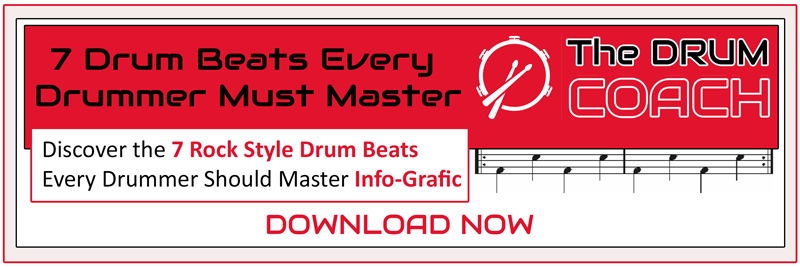Ever wonder what those mysterious numbers on drumsticks actually mean? If you’ve been confused about choosing the right stick for your drumming style, stick around – today, I’m going to break it down so you can find the perfect match for your hands, your music, and your sound. Let’s get you drumming smarter, not harder!
Hey, drummers! If you’ve ever walked into a music store and felt overwhelmed by the different drumsticks labeled with numbers like 2B, 5A, or 7A, you’re not alone. Picking the right stick isn’t just about grabbing the first pair you see – it can make a huge difference in your playing. Whether you’re into rock, jazz, or marching band, today I’m answering a common question: What do the numbers on drumsticks mean? By the end of this video, you’ll know exactly how to pick the best stick for your drumming style and comfort. Let’s dive in.
The Number On The Drum Sticks.
So, let’s break it down. The number on a drumstick refers to its thickness. A lower number means a thicker stick, and a higher number means a thinner stick. Simple, right? But here’s where it gets interesting – the right thickness for you personally, can depend on both your hand size and the type of music you’re playing.
If you’ve got larger hands or you’re into playing with power, something like a 2A or 2B stick is going to give you that extra thickness and weight. But for more finesse, especially if you’re a jazz drummer, you’ll want to go with something thinner like a 7A or 5A. This allows for lighter, more delicate playing, which works especially well with cymbals and hi-hats.
Now, it’s always a good idea to experiment with different sticks, especially as you develop your drumming. Try out a few options like a 5A or 7A to see what feels comfortable in your hands. And here’s a pro tip – if you’re playing in a loud environment with mics and a PA system, you don’t need to rely on a heavy stick just for volume. Focus more on the finesse of your playing. Lighter sticks can actually help you develop better control, and that’ll improve your overall sound. Which will then project much better. I have played all kinds of music styles with just 5A sticks and never had any problems. Although I did spend my formative years using 2B sticks which were thick and heavy to say the least. But then we played loud music all the time.
The Letter On The Drum Sticks.
Let’s talk about the letters next – the letter after the number relates to the shoulder or taper of the stick. This affects the feel and balance of the stick, which can also change how you play. Spend some time testing out different sticks and see what feels natural. You’ll want to consider not only the type of music you play but the environment too. If your hands start feeling tired after just 15 minutes or you’re getting blisters, it’s a sign that your stick choice might be off. Or you could be gripping them too tightly. Remember you should try to play the drums loosely.
And don’t forget about the tip of the stick – it makes a huge difference in your sound. Wooden tips give you a warmer, more natural sound, while nylon tips are louder but can be harsher. If you’re looking for more volume, you might like nylon, but for me personally, I prefer the warmth and control of wooden tips.
Remember, drumsticks are personal. Try 2s, 5s, and 7s – see what feels right for you. The right stick will improve or enhance your drumming experience, keep your hands comfortable, and help you sound your very best.
What’s Next
So, now that you know exactly what those numbers on drumsticks mean, it’s time to experiment and find the pair that fits your playing style perfectly. Just ask yourself, what feels good?
But wait – we’re not done yet! In the next video, we’re answering another common drumming question: Does drumming help improve muscle strength? If you’ve been wondering whether practicing an hour a day can build up your muscles, you won’t want to miss it. Click the video to the left to start watching that video next!






